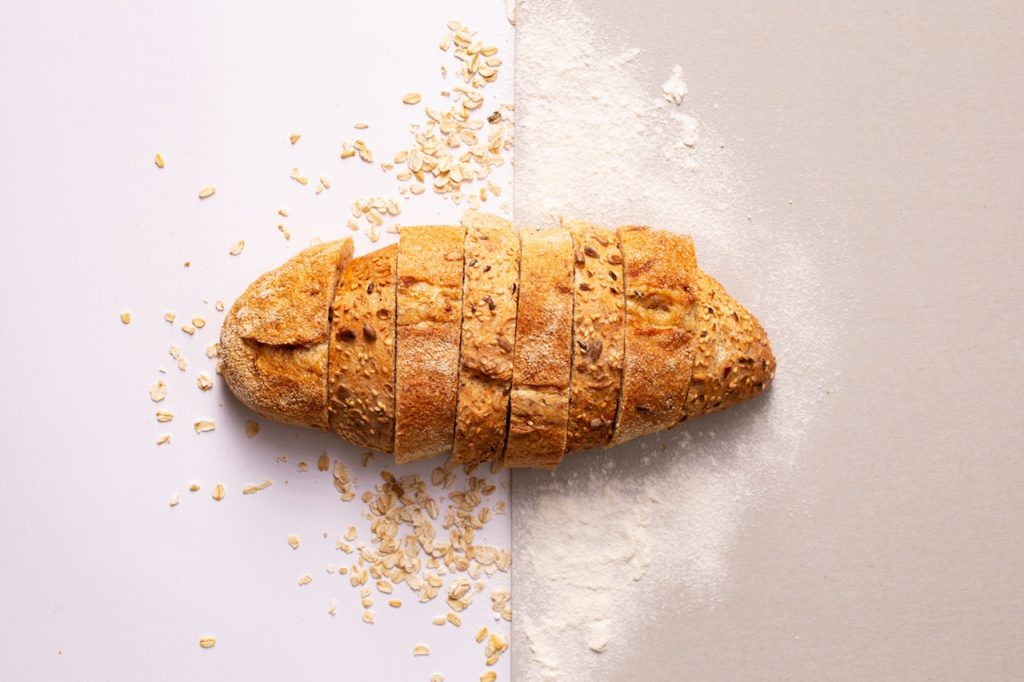Gluten is the general name for a protein found in wheat, barley, and rye. Gluten-containing foods can be part of a healthful, balanced diet; however, some people may suffer from conditions that may require elimination of gluten from the diet. There are three common medical conditions associated with gluten that susceptible individuals may encounter: celiac disease, gluten sensitivity, and gluten intolerance.

- With a genetic susceptibility, celiac disease results from eating gluten, which triggers an immune response to attack the lining of the small intestine. Right now, the only effective treatment for celiac disease is a lifelong, gluten-free diet.
- Non-celiac gluten sensitivity is used to describe people with non-specific symptoms such as nausea, abdominal cramps, or diarrhea after eating gluten. Gluten sensitivity also involves an immune reaction to gluten, but it does not involve the production of damaging antibodies that cause intestinal damage.
- Gluten intolerance is commonly used to describe individuals who have symptoms after eating gluten, and who may or may not have celiac disease. Similar to gluten sensitivity, these symptoms may include nausea, abdominal cramps, or diarrhea.
If you experience these symptoms when consuming gluten, you should consult a doctor before eliminating gluten from your diet. There may be an underlying medical condition, for which a gluten-free diet is not the treatment.
Gluten-Containing Grains
Wheat, barley, and rye all naturally contain gluten. Oats do not contain gluten but may come into contact with gluten when processed in a facility that processes a variety of grain products.
Hidden Sources of Gluten
Sauces, gravies, dressings, granola bars, imitation meat products, malt vinegar, starch, spices (e.g. cinnamon, basil), couscous, beer, and cereals are all foods that may contain hidden sources of gluten. Also, some vitamin and mineral supplements, medications, and cosmetics may contain gluten.
Living Gluten-Free, Nutritiously
Since gluten-free diets can lack many nutrients, such as fiber, iron, calcium and B vitamins, it is important to find and regularly consume food sources that provide these nutrients.
| Nutrient | Gluten-Free Food |
| Fiber |
Nuts and seeds Legumes—Lentils and beans Fruits and vegetables |
| Iron |
Legumes—Lentils
and beans Meat—Red meat and poultry Seafood—Fish and oysters Fortified, gluten-free cereals Dark, leafy greens—Spinach |
| Calcium |
Low-fat dairy
products—Skim milk Dark green vegetables—Kale, broccoli Fortified orange juice or soymilk |
| B vitamins Thiamin Riboflavin Niacin B6 Folate B12 |
Thiamin
(B1)—Pork, peas, fortified cereals Riboflavin (B2)—Dairy products, salmon, chicken, eggs, leafy greens Niacin (B3)—Peanut butter, lean beef, poultry, fish, avocado, beans B6—Baked potato, banana, nuts, pork, fish, chicken Folate—Orange juice, spinach, broccoli, peanuts, avocado B12—Animal products (milk, eggs, poultry, fish, meat) |
Adequately managing celiac disease, gluten sensitivity, or gluten intolerance does not have to be an impossible task. Becoming familiar with hidden sources of gluten, gluten substitutes, and gluten-free recipes can help you limit or avoid your exposure to gluten and still enjoy a wide variety of foods.
For more information on gluten-free eating, check out Gluten-Free Diet Guide: https://extension.colostate.edu/topic-areas/nutrition-food-safety-health/gluten-free-diet-guide-9-375/.
Did you Know?
Baking your own grain products is an easy way to avoid exposure to gluten.
Use alternative flour sources such as:
- Amaranth
- Buckwheat
- Flax seed meal
- Millet soy
- Nut flours (e.g. almond meal)
- Quinoa
- Tapioca
- Xanthan gum (for consistency)
Helpful Tips for Avoiding Gluten:
Look for the “Certified Gluten-Free” symbol and read ingredient lists on nutrition labels to avoid hidden sources of gluten.
Label containers and utensils as ‘gluten-free’ to avoid cross-contamination.
Pay attention to the amount of other ingredients in processed foods, as many gluten-free foods tend to contain more sodium, fat, and/or sugar.


